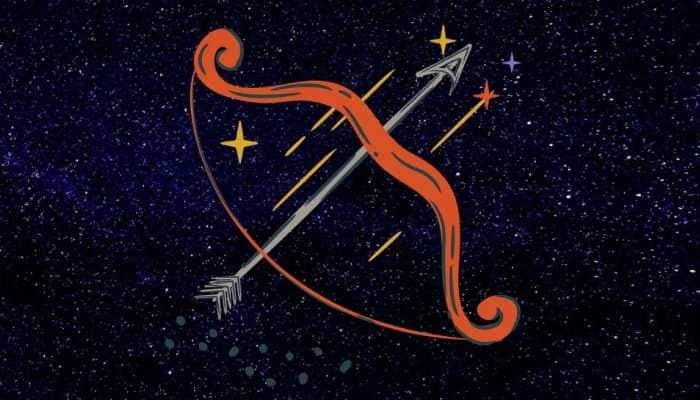NASA`s Swift clicks images of X-ray action at Milky Way`s core
Recent observations by NASA`s Swift spacecraft have provided scientists a unique glimpse into the activity at the center of Milky Way galaxy and led to the discovery of a rare celestial entity which may help them test predictions of Albert Einstein`s theory of general relativity.
Trending Photos







)
)
)
)
)
)
)
)
)
)
